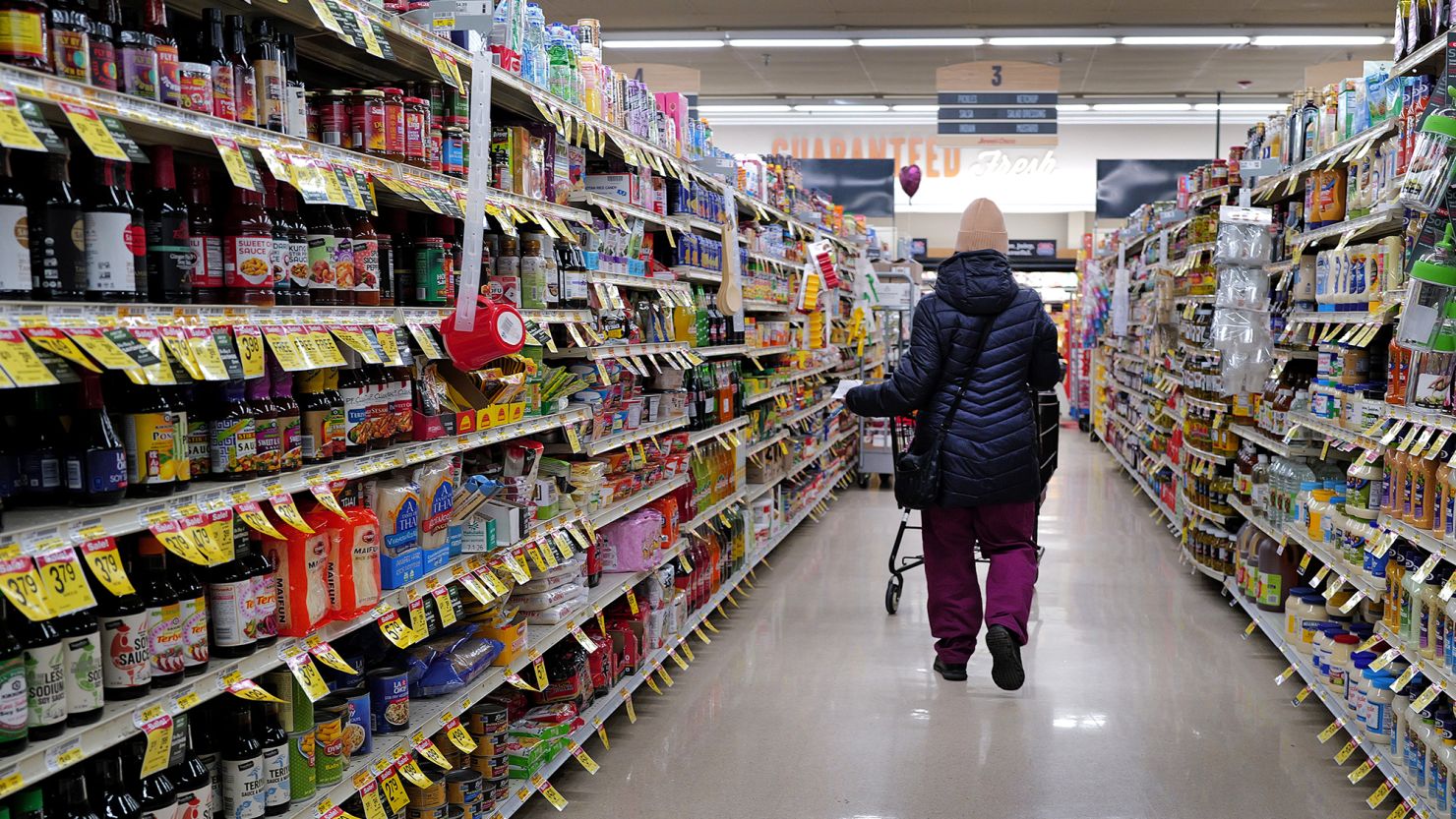The “K-shaped” economy, widely touted in the financial press, is the latest expression of wealth inequality. The U.S. economy is experiencing a growing gap between the highest earners and the richest corporations, who are spending and expanding their wealth, and the lowest-income households and mom-and-pop companies, who struggle to pay their bills day to day.
Following the second short-term interest rate cut on Oct. 29, Federal Reserve Chairman Jerome Powell said, “A further reduction in the policy rate at the December meeting is not a forgone conclusion — far from it.”
He cited the Fed’s ongoing concerns regarding inflation, employment, rising defaults in subprime credit, layoffs, and a “bifurcated economy.”
“If you listen to the earnings calls or the reports of big, public, consumer-facing companies, many, many of them are saying that there’s a bifurcated economy there and that consumers at the lower end are struggling and buying less and shifting to lower cost products, but that at the top, people are spending at the higher income and wealth,” Powell said.
That, in a nutshell, is the K-shaped economy.
Can a divided U.S. economy avoid a recession? And how can an economy that’s running hot on one end and cold on the other meet the needs of the millions in the middle?
The K-shaped economy defined
The K-shaped economy is characterized by robust growth, expanding wealth, and a vibrant economy in the arms at the top of the K.
The legs of the K are where lower-income earners and small businesses continue to struggle.
Cristian deRitis, senior director and deputy chief economist at Moody’s Analytics, said the separation between the two is growing.
“The top 10% of households by income account for about half of all the spending in the U.S. economy, so it’s kind of illustrating the inequality, not only of income, but of spending that’s going on in the economy,” deRitis told Yahoo Finance.
In 2019, the share of spending by the top 10% households was 44.6%. However, the wealth gap goes beyond consumer spending.
“When we think about businesses and the stock market or we think about the labor market, some industries are hiring, others are laying off,” deRitis added. “So, I see that K-shape not only in the consumer — I think that’s where it gets a lot of attention — but it’s actually in a lot of different parts of the economy where you can see that kind of bifurcation of activity.”
What’s causing the K-shaped economy?
DeRitis believes the widening separation between the haves and have-nots goes back to the stimulus relief of the pandemic.
“Households at the bottom in particular got quite a bit of support that helped them to get their finances back in order,” deRitis said. “Delinquency rates went way down. But now that money has run out because inflation has been high, the labor market is slowing — so you don’t have as much wage growth.”
Meanwhile, the top of the K, the wealthiest households and corporations, have benefitted from a rising stock market and asset price appreciation, including housing and crypto.
The wealth gap in the stock market
While the stock market has set record highs recently, it has been on the backs of the largest companies. This is adding to the riches of the very wealthy, who have the biggest individual stake in equities.
During Ford’s Ford (F) latest earnings call, the company highlighted profit driven by its top-of-the-line models, including the F-150, Bronco, Explorer, and Expedition. “The all-new Expedition is red-hot, gaining over three points of segment share, with 75% of customers choosing high-end trims like Tremor,” the company said.
Delta Air Lines’ (DAL) premium-priced seating and iPhone 17 Pro smartphones that top $1,000 are other examples.
Chipotle (CMG) cut its full-year sales outlook for the third straight quarter, with CEO Scott Boatwright citing “persistent macroeconomic pressures” and poorer customers who aren’t eating there as often.
Read more: The Chipotle indicator: Is the economy teetering on a recession or nah?
In an analysis, Torsten Sløk, chief economist for Apollo, reveals that earnings expectations for 2026 have soared for the Magnificent 7 stocks and declined for the rest of the S&P 500 (^GSPC). (Disclosure: Yahoo Finance is owned by Apollo Global Management.)
The K-shaped economy: Food pantries and BNPL
Anthony Chan, a former economist for the Federal Reserve and JPMorgan Chase, told Yahoo Finance that a K-shaped economic recovery is the latest incarnation of wealth inequality.
“It is showing you that inequality is becoming so bad that it’s now impacting how the economy proceeds. All you have to do is look at the anecdotal evidence on food pantries. They’re getting more and more people visiting food pantries. Why? Because people at the lower end are struggling.”
He also cites the popularity of buy now, pay later.
“I can assure you that the top 1% — the top 10% of the people — are not interested in buy now and pay later. They buy it and they just pay for it and they don’t even think about it. But you’re actually seeing some of the lower-income people buying supermarket groceries with buy now and pay later.”

